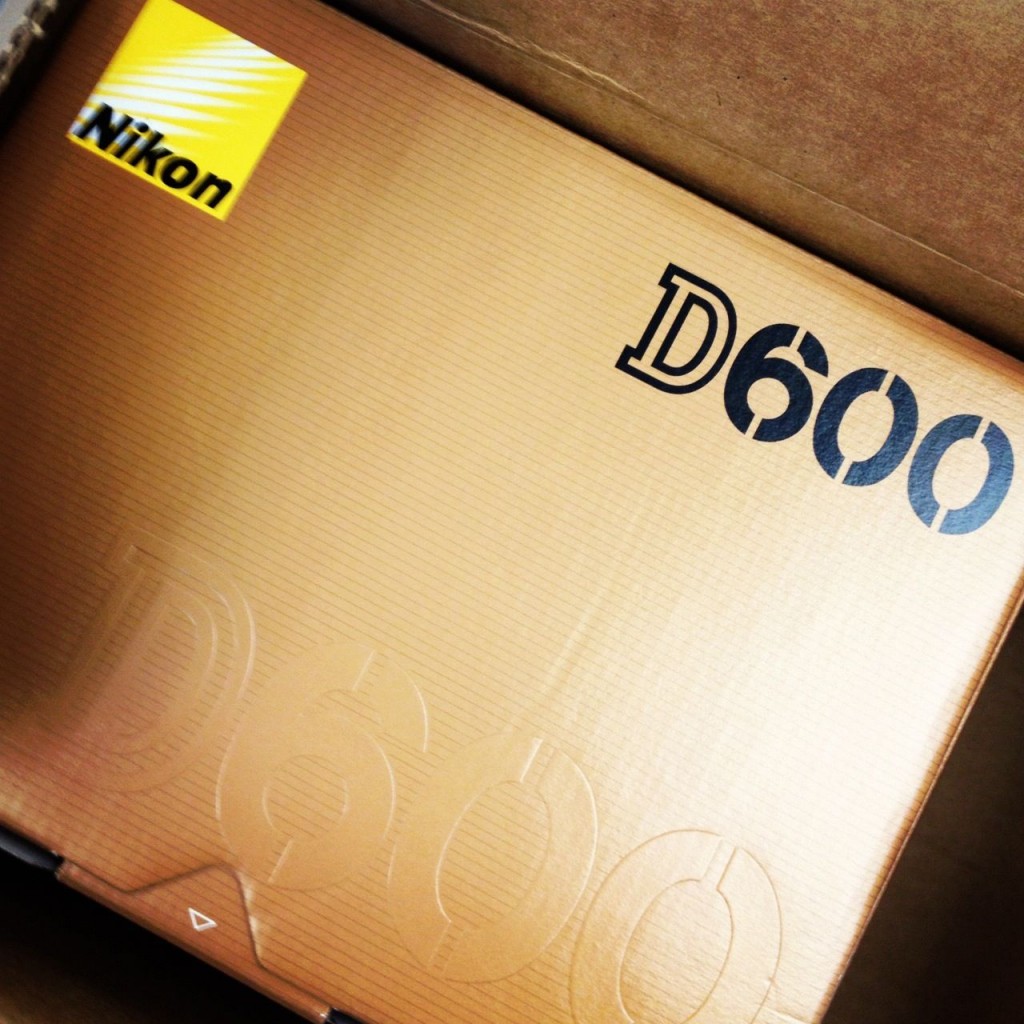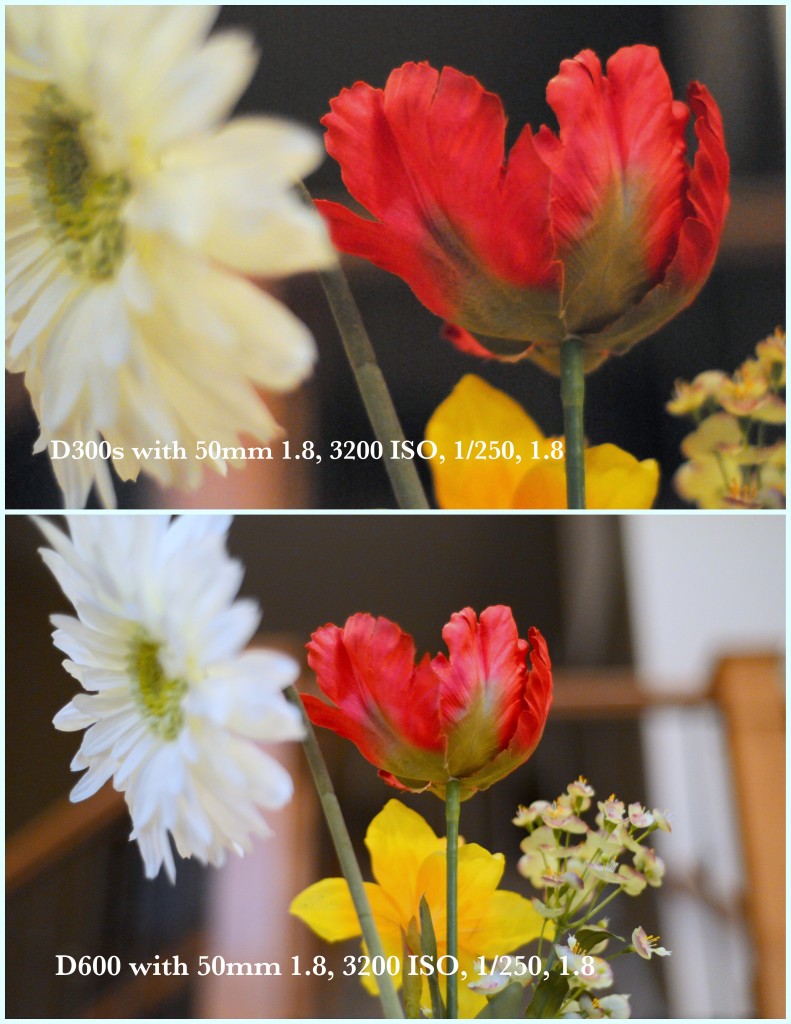For those of you who follow me on Instagram or Facebook, you have no doubt seen the pictures that announce my absolute excitement over my new camera. Yes, I am the proud owner of the brand new Nikon D600. And so far I love it! (Granted, I’ve only had it for a day (and most of that day I’ve had a killer migraine) but I’m liking what I’m seeing).
People have asked me why I wanted a new camera. Didn’t I have a good enough camera with the Nikon D300s? Sure, I love my D300s. But it is a DX or crop sensor and the D600 is a full frame or FX camera. (Oh and there are many other upgrades that are mostly due to the fact that it is a newer model).
So why would I want a full frame sensor? Aren’t there benefits to a crop sensor?
Well, let me tell you about the differences between the two…
A crop sensor does not show you the world as it is. Many of us grew up in the day and age of film cameras and likely had a 35 mm point and shoot or a 35 mm SLR. That is how we are used to seeing the world. When you look through a DSLR with a crop sensor you are seeing the world by 1.5 times what you expect. That means if you have the “nifty 50” (which I HIGHLY recommend) you are really seeing your subject as if looking through a 75 mm lens. (Which in some cases is fantastic. For example, when I’m taking wake boarding pictures I am usually zoomed out to 200mm (per the lens) but I’m actually zoomed to 300mm. That makes it much easier to capture those funny facial expressions). But with the smaller size comes lesser quality of your image. A crop sensor will have more noise (especially at higher ISOs) and will not be quite as crisp.
Besides zooming in the world 1.5 times, the crop sensor is significantly cheaper to manufacture and is therefore the only sensor used for entry-level DSLRs. It is also much lighter and smaller than a full frame sensor. Which makes a crop sensor ideal for young learners. (No, my D300s will not be going to my children but my D80 will). With a crop sensor you will get less vignetting because you are capturing less of the available image. Oh, you may still get some vignetting with your DX, especially if you are using a longer hood and shooting very wide.
Now a full frame sensor shows you the world as you are used to seeing it through your old 35 mm camera. Your zooms are true to their description – a 50 mm is a 50 mm and a 200 mm is a 200 mm. That means when I’m shooting dance pictures I can sit on the front row and use my 70-200 2.8 and zoom it all the way in without cutting off feet. I love that idea.
The full frame sensor gives a photographer a higher quality image. Which means you will mostly find professional photographers or serious hobbyist are the ones using the larger, heavier and more expensive full frame cameras. The sensor is larger and allows for more pixels (or picture elements) which results in a crisper photo with less noise. For photographers that want to sell their images and/or blow them up poster size or greater, that crispness makes a huge difference. (Keep in mind, if you don’t have great lenses you will still lack the crispness whether you are shooting crop or full).
Above is the same picture taken with the D300s and a 50 mm 1.8 lens and the D600 with the same 50mm 1.8 lens from the same distance.
You will notice that the D300s shows a lot less of the picture even though I was positioned in the very same spot.
So let’s identify some of the perks of each…
Full Frame or FX:
- You can stand closer to your subject and capture more in the frame (a benefit when taking pictures of babies for sure!)
- Your images will be crisper
- The lenses you’ve invested in are the focal length they say they are
- There are more pixels which provides less noise as well as larger images to enlarge
Crop Sensor or DX:
- You don’t have to be as close to your subject to focus on it (a benefit when taking pictures of bees!)
- There is minimal vignetting due to the cropped edges
- The camera is cheaper and lighter than a full frame
- You gain 1.5 times your zoom length
Both Nikon and Canon just came out with their new “affordable” full frame cameras. The Nikon D600 and the Canon 6D. They are slightly more expensive than their entry-level “Professional” crop sensor cameras but have some great improvements.
Part B of this series will include more comparison photos between the D300s and the D600 and I’ll gush about why I decided to go with the camera I did. Believe me, it has been a long process and included my near conversion to Canon.
**** What other questions about photography would you like me to answer? (I’ll answer them in a very non-technical way).











Twitter: makeitworkmom
Can’t wait to see the art you create with this new camera! You do such amazing work regardless, but it looks like this camera will make a bigger difference!